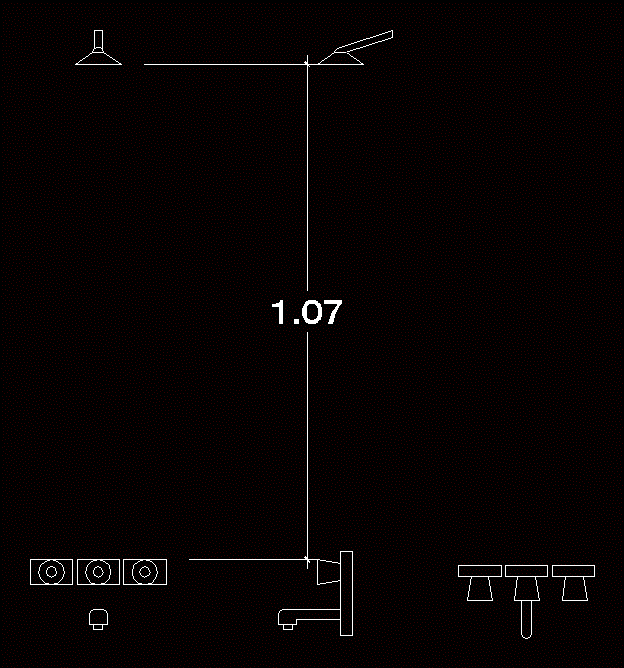$audit Bad Block Autocad
When it comes to your, some people like them nice and tidy. That might sound a little obsessive, but rest assured that cleaning up your drawings does serve a purpose.


CAD tip # 7565: Question CAD%. Where from comes the layer $AUDIT-BAD-LAYER? Publish interactive 3D PDF models from AutoCAD, Inventor or Revit with Share3D. Hi, With one of our drawings, we had to recover it after a crash and after an audit, it obviously creted the standard Audit layer and block. Now I've managed to.
Here are a few tips and tricks on how to go about actually cleaning up your drawings. Guest post by Eric Hoover, on behalf of SEER Interactive: Why clean up your drawings at all? For starters, getting rid of extra objects can help free up and speed up the program and your drawing process. Not to mention, it also keeps the courtesy of other users’ interests in mind - such as sending or receiving files to work from. A large file size can be a hindrance to emailing a drawing and hamper the ability to import your drawing into other applications. Keep Your Drawings Trimmed and Efficient Start by incorporating good habits into your computer aided design techniques, like using standard layers, linetype and text styles.
Automating your drawing standards, and using object insertion instead of copying one job to another, will also help maintain tidiness in your drawings. Check for Drawing Errors Using the “Audit” command is beneficial because it checks for errors in your open and active drawings. To run the command, just click the application menu, then drawing utilities and finally audit. From there, simply sit back and watch as it cleans up errors you didn’t even know you had in your drawing.
The PURGE and Other Built-In Cleaners If you really want to get serious about cleaning up your AutoCAD drawings, utilizing the program’s built-in tools, like “Audit” (explained above) “PURGE,” “QSelect” and “WBlock,” are great places to start. • PURGE – True to its name, PURGE eliminates any unused/named objects or unused registered applications (regapps), including things like block definitions and layers, from your drawing. To run the command, simply enter “purge” into the command line, and then enter the command option “r” to remove regapps. • QSelect – Allows you to find redundant objects in your drawings, so long as you know have an idea of what you’re looking for. If your list includes more than the necessary number you need, such as alignments, you can easily find them and delete any extras. • WBlock – Lets you save selected objects out of your current drawing or convert an existing block to another, specified external drawing destination/file. The “Join” Command The “Join” command is a nice tool because it allows you to convert multiple attached and/or bordering objects into one.
You can fill in gaps between lines, arcs, open splines and more to form a single, new entity to replace the existing separate ones. And by reducing the amount of objects, you’ll create a smaller drawing size, and the smaller your drawing, the faster it will go. Map 3D Cleaning This convenient cleanup utility enables you to delete duplicate objects, trim polylines and an assortment of other tidy and orderly actions.
When you enter “mapclean” on the command line, a drawing cleanup box will open giving you several cleanup actions, such as Erase short and/or dangling objects, simplify objects, break crossing objects and much more. Other Miscellaneous Tools While all the tools mentioned in this article can be very helpful to maintaining and cleaning your, it is by no means. Several of these tools, among others, can be used individually or in combination with others to help expedite the cleaning process for your drawings. It’s also important that you test these new cleanup techniques first, most likely on a non-production drawing or a copy of an existing one so you can get the gist of them before applying them to a real project. Struggling with CAD file management? Unmanaged CAD data can lead to wasted time and expensive mistakes, but traditional PDM and PLM solutions are too costly for many companies.
This guide, written by industry analyst Jim Brown, will help you find the solution that fits your needs.
I go to insert a block, but 1) on the dialogue box it gives the message '$Audit_Bad_Block_Record1' with no ability to select any blocks, 2) the comp. Freezes for a good ten minutes, then after that, I can at least get into Task Manager and manually end CAD (actually Arch. Land Desktop 2007). Donna Carina Copou Program here. This was happening last Thursday; about half the time. Friday; everything was back to normal, no problems whatsoever.
And now, this is happening in every drawing I'm trying to open/insert a block. I'm going to see about jumping on another machine, so i can at least get cracking through somethese dwgs by lunch, but would like to be able to stay in my little cell if i can help it. I've opened the drawing i'm working on, and tried to purge it, but there's apparently nothing to be purged. I didn't know if this would work anyways, but it seemed like an option to get rid of any possibly corrupted element that may have been causing my problem. I tried searching for similar threads, but couldn't find one that was close to my problem. I'm trying to think of what would cause this. We've had a team from a sister office come in and take over part of the scope of what we're doing, so I'm thinking that they maybe doing something, adding/changing some element or variable that could be causing this.